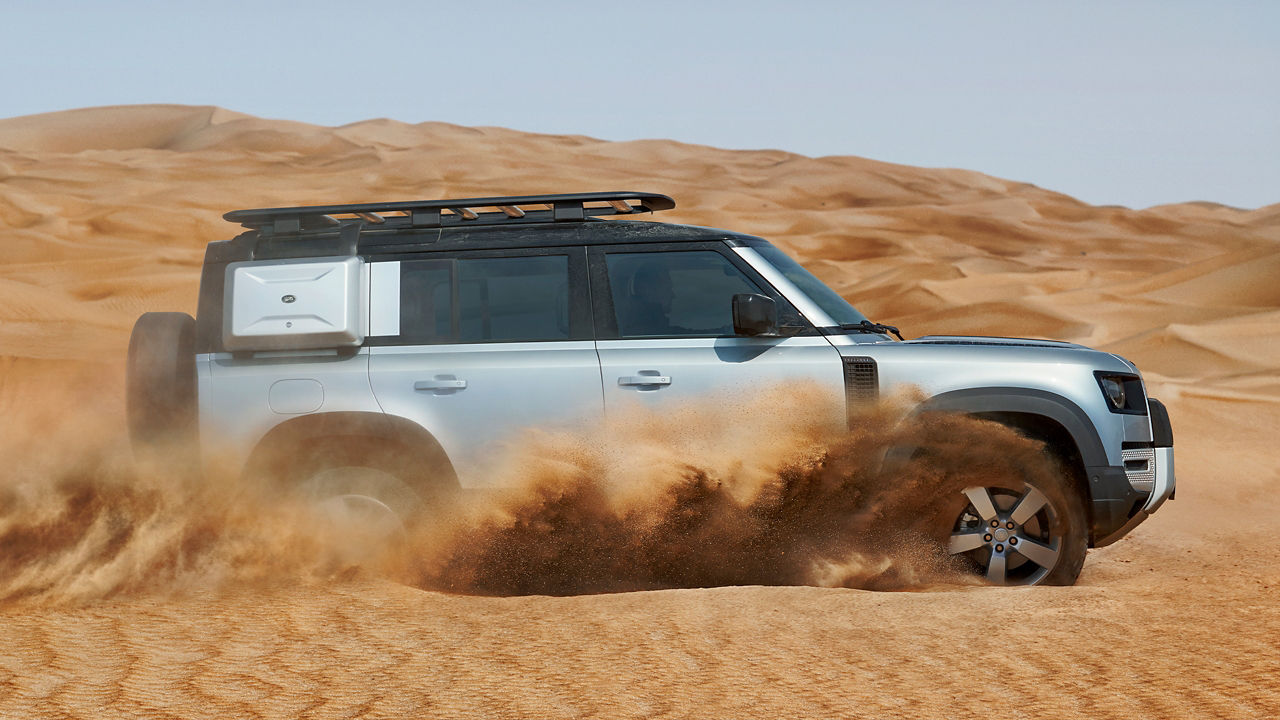Discover the thrill of off-road driving with our definitive guides. Whether you're a seasoned off-roader or just starting out, the tips and insights from our off-road articles will help you navigate any terrain with confidence. From choosing the best off-road vehicle to understanding the capabilities of our electric models, you can find the information you need on these pages.
GEAR UP FOR YOUR JOURNEY INTO OFF-ROAD TERRAIN
Equipping yourself with the right knowledge and tools is vital for any off-road journey. In this section, you can find valuable insights and tips to prepare for your off-road adventure. Our guides cover everything from vehicle selection to essential gear.
Challenging off-road driving requires full training and experience. Risk of injury and damage. Never drive beyond your abilities.








